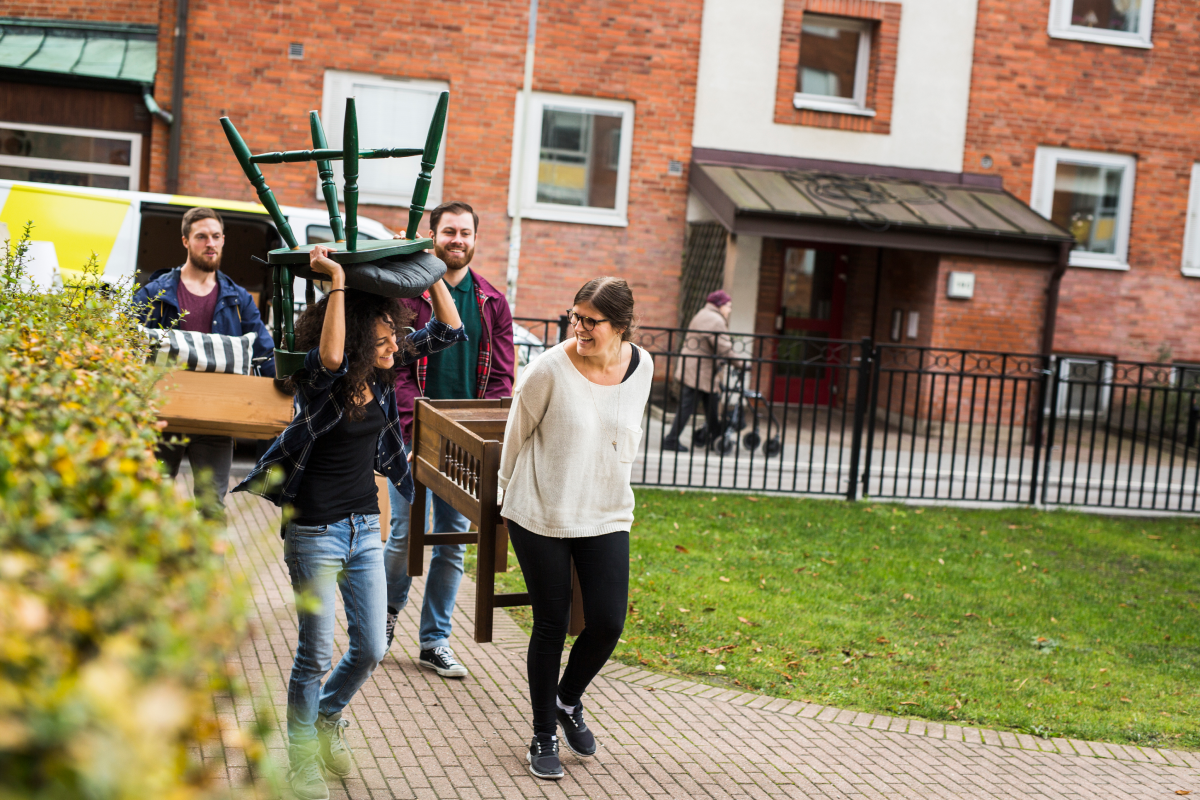Five Ways Data Can Drive Better Decisions in Student Housing Operations

1. Balancing bed capacity and occupancy
One of the primary goals of student housing operations is to keep occupancy rates as close to 100% as possible. Using historical data to predict needs can help you achieve this this goal.
“We use StarRez to pull reports telling us what our capacity is according to classification (fist-year, upperclassmen, transfers, etc.) and according to how we have those rooms defined currently, then we’ll look at our past cancellation rates, as well as how many first-year students we expect to live on campus. Based on this data, we can look at the current setup of our buildings and determine if we will need to make any modifications.”
Karen DeMonte, Sr. Systems & Data Analyst at the University of Delaware.
2. Improving the move-in process
Move-in day is one of the busiest and most exciting days on a college campus. It can also be incredibly stressful for students, parents, and staff. To facilitate a smooth process, Baylor University uses data to strategically assign students a move-in window. “I calculate the number of move-ins per hour and by building to modify the flow and improve the experience,” explained Ryan Cohenour, Associate Director for Housing Administration at Baylor. “If it’s an apartment building, I slow the rate down knowing that each move-in is slower.” Spacing out the arrivals reduces congestion and improves the move-in experience for everyone.
3. Predicting resident satisfaction

Another project DeMonte has been working on is using data to determine how happy Delaware residents are with their living situations.
“Research tells us that students with positive roommate situations are more likely to stay in school,” she said. “We look at how each individual in a room answers the questions and if there’s a difference among them. We run analysis based on this information to determine how likely there is to be a roommate conflict or room change request and use that insight to tweak our auto-allocation process. This also helps us understand which questions are more important than others while we’re setting up the application. Are there any determining factors that tell us whether certain students will be happier in a triple room versus a double room? Or if they picked their own roommate versus being placed by us? That’s information we can use to form policy and inform our directors when we’re talking about what types of rooms we should put in new buildings.”
4. Getting ahead of maintenance issues
Baylor also leverages data to stay ahead of impending maintenance issues. “Since we track both maintenance requests and assignments in StarRez, we can easily report on maintenance issues by building,” Cohenour said. “When we start seeing a large amount of ‘X’ repairs in a building, we proactively fix those issues during the summer. Everyone appreciates a proactive approach to maintenance.”
5. Marketing student services
Rona Skinner, Executive Director of Student Auxiliary Services Technology & Business Analytics at Rochester Institute of Technology, is experimenting with ways to use data to sell more dining plans. The idea is that when a student logs into the portal, the system will know what the student’s major is and whether the dining plan has been purchased. If it hasn’t, this would prompt a message from another student with the same major, living in the same residence hall, highlighting the reasons why he or she loves the dining plan.
Taking action
Student housing professionals have access to a wide range of rich student data. Much of this data can provide valuable insights into resident preferences, experiences, and behaviors. If this data is collected and analyzed correctly, it can be used in many ways to improve efficiencies, elevate the campus life experience, and gain insight into important trends to help shape future decisions in student housing operations. See how our solutions can help.
Sample Data sources
- StarRez Housing Data
- Student Profiles, Preferences
- Student Information Systems
- Financial Systems
- Dining Systems
- Surveys
- Maintenance Systems
Additional Resources
Share




